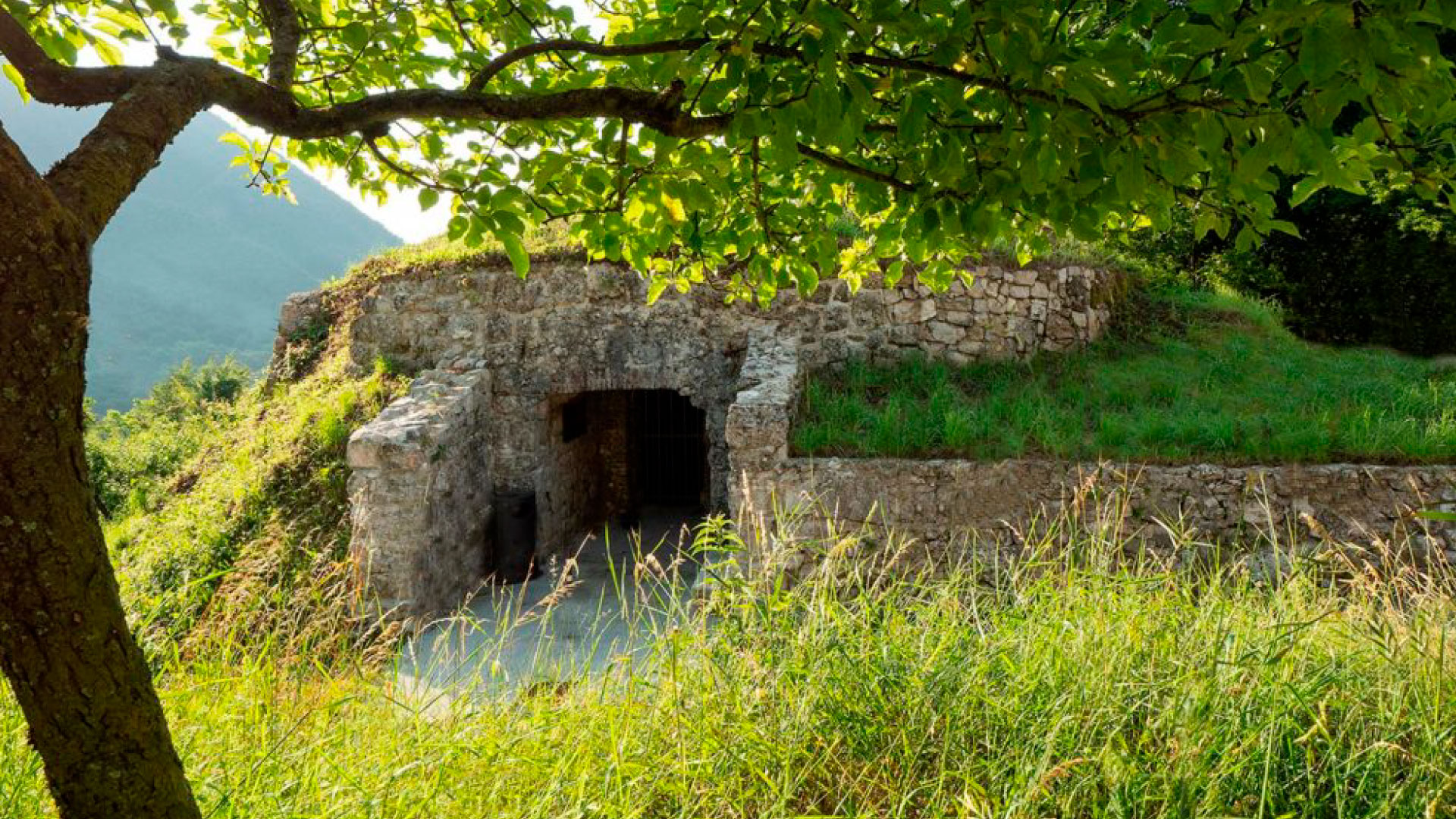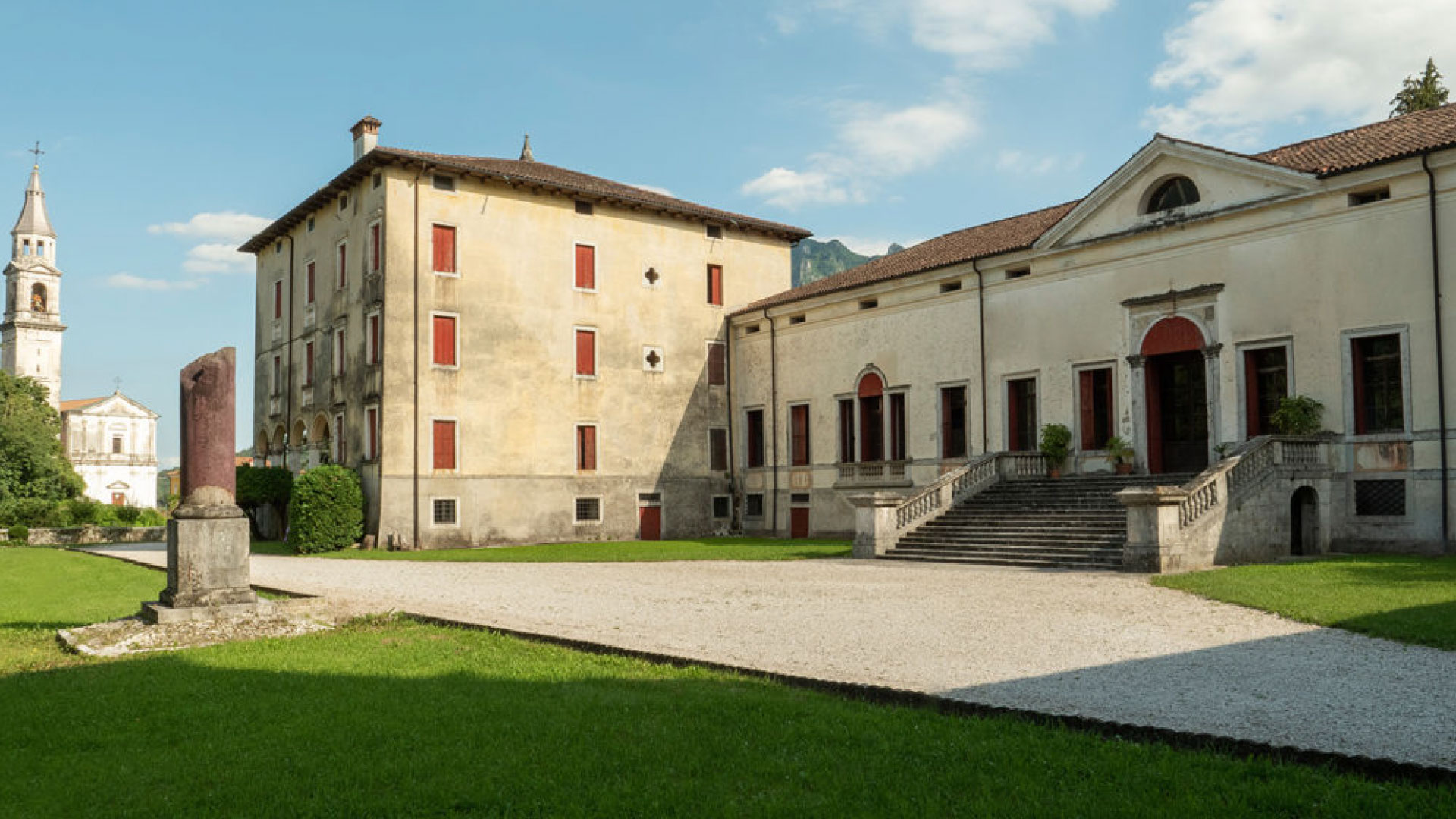Early wheel-mills used an undershot system, i.e. the water passed beneath the wheel. Flowing water struck the wheel, which turned a shaft mounted onto a millstone, a simple model that was suitable on a small scale. It was later found that water falling onto the wheel from above was more efficient, ushering in vertical wheel mills, known as Vitruvius mills. These wheels often required an additional system to ensure that water flowed regularly. Common practice was to dam waterways to form a basin, with a drainage channel conveying a regular flow to the wheel. Vitruvius mills provided more power than previous types, not only revolutionising grinding, but paving the way for the mechanisation of many other industries. Although mills had been used since Roman times, it was during the Middle Ages that they became technical and a source of economic power. Marc Bloch writes: “We must not fool ourselves; despite being an ancient invention, watermills did not become widespread until Medieval times.” Throughout history, watermills were used for a host of purposes before the industrial era. Their oldest use was to grind cereals, but they also drove sawmills, fulling mills and looms; they were used to work metal, powering millstones, forges, and forging hammers. They drove hydraulic pumps. From the 13th to 18th centuries, watermills were used in papermaking to pound rags and wood pulp with beaters and spiked hammers. More recently, they were used to produce electricity via a generator.
Sources: Geologia dell’ambiente, SIGEA, supplemento al n.3/2011
Wikipedia













